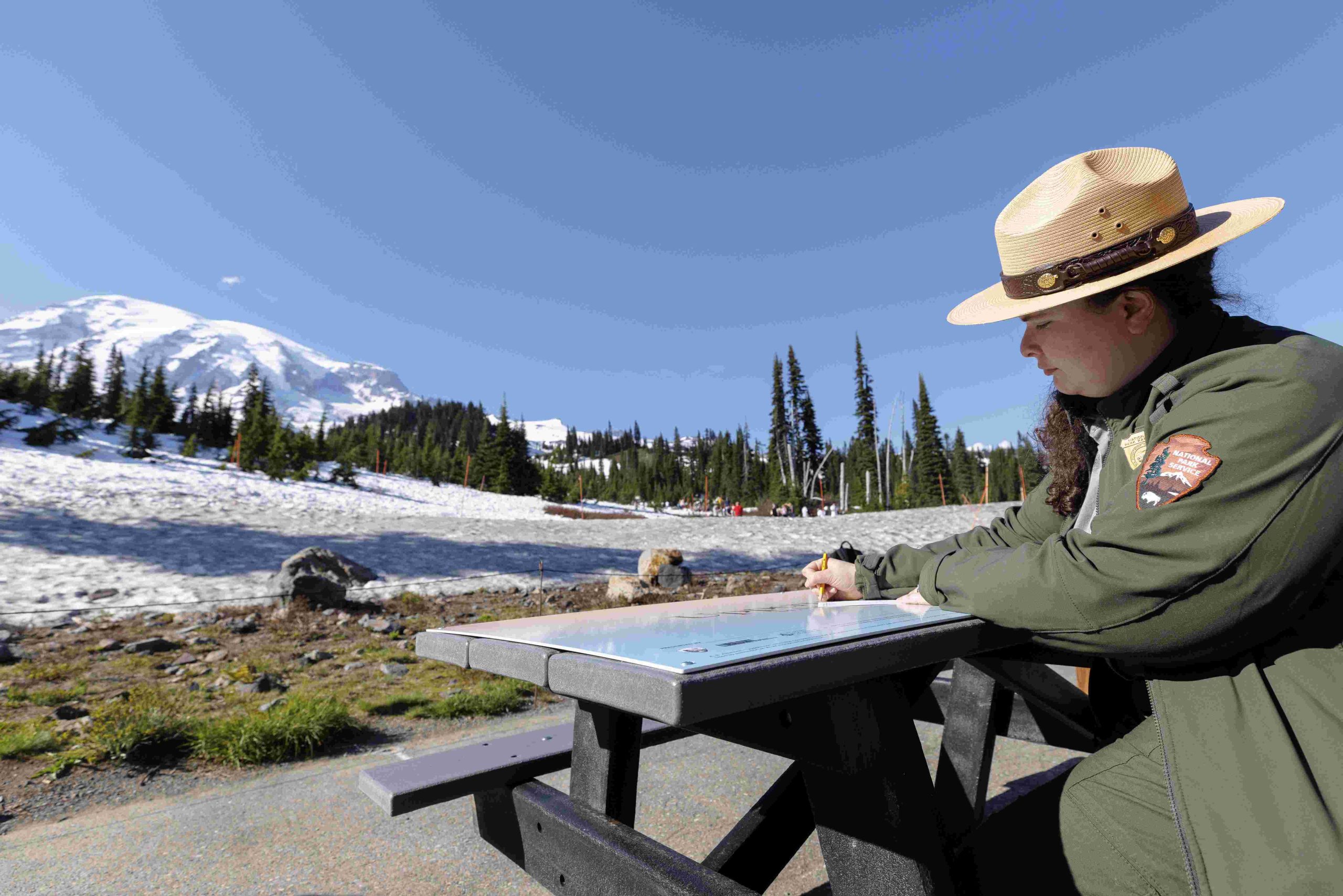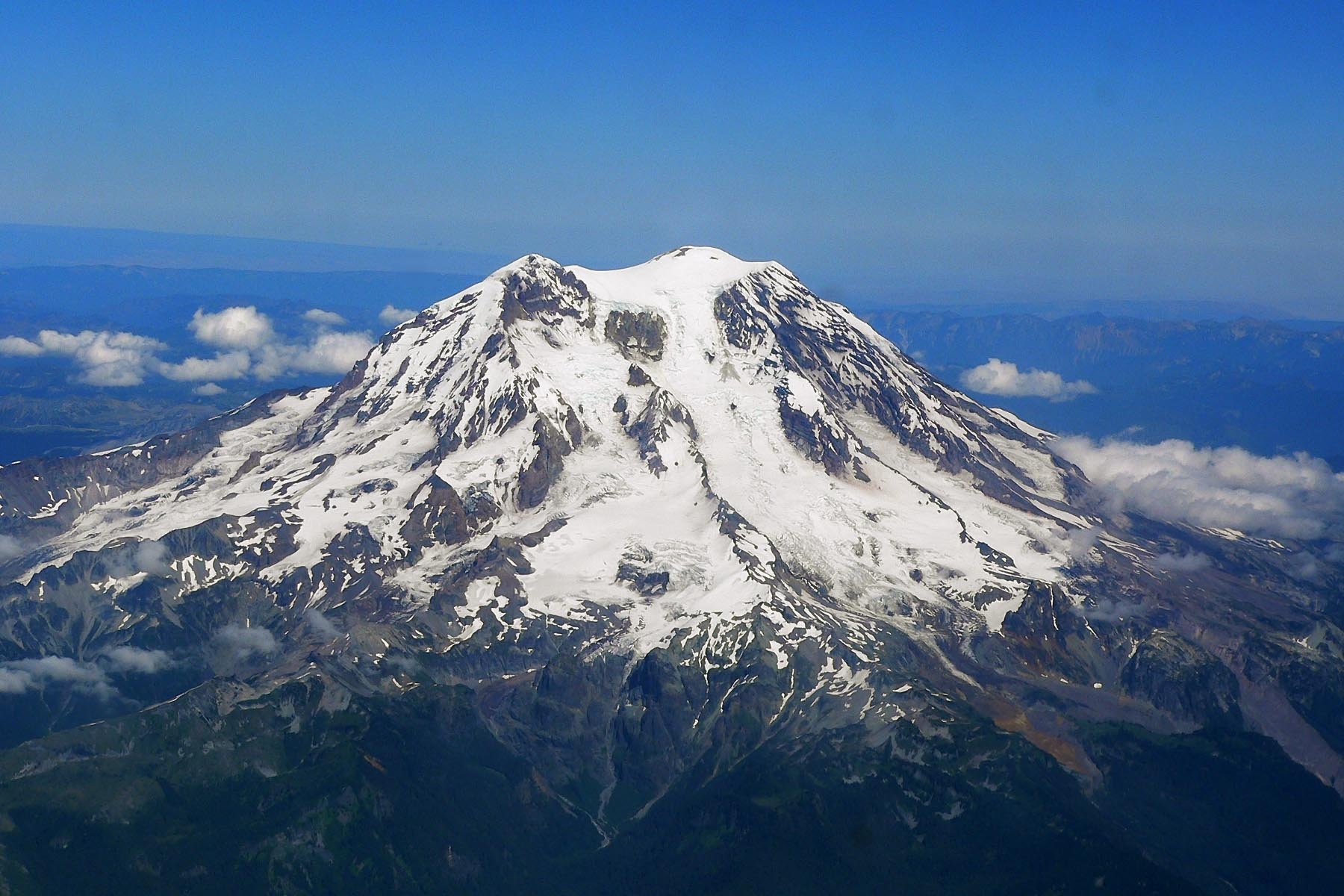Mount Rainier driving offers breathtaking views of Washington’s iconic peak and surrounding landscapes. This guide covers the best scenic routes, road conditions, and attractions for an unforgettable road trip. From the Circle Rainier Loop Drive to the Mt. Rainier Scenic Byways Loop, discover the most picturesque drives around this majestic mountain, complete with key stops, viewpoints, and practical information for planning your journey.
What Are the Best Driving Routes Around Mount Rainier?

Mount Rainier National Park and its surrounding areas offer several scenic driving routes that showcase the beauty of the region. Here are the top three routes for Mount Rainier driving:
-
Circle Rainier Loop Drive
-
Mt. Rainier Loop via White Pass Scenic Byway
-
Mt. Rainier Scenic Byways Loop
Let’s explore each of these routes in detail.
Circle Rainier Loop Drive
-
Length:
Approximately 147 miles
-
Estimated Driving Time:
5 hours (including stops)
-
Starting Point:
Enumclaw
-
Key Stops:
-
Federation Forest State Park
-
Skookum Falls
-
Box Canyon
-
Reflection Lake
This route offers a comprehensive tour around Mount Rainier, using Highway 410 as its main artery. The drive provides diverse landscapes and numerous viewpoints of the mountain from different angles.
Mt. Rainier Loop via White Pass Scenic Byway
-
Length:
About 78 miles
-
Estimated Driving Time:
4-5 hours (including stops)
-
Starting Point:
Packwood
-
Key Stops:
-
Skate Creek
-
Nisqually Entrance
-
Narada Falls
-
Ricksecker Point
-
Grove of the Patriarchs
This route combines scenic forest roads with the main park thoroughfares, offering a mix of natural beauty and iconic park attractions.
Mt. Rainier Scenic Byways Loop
-
Length:
Approximately 129 miles
-
Estimated Driving Time:
3 hours (plus extra time for stops)
-
Key Features:
Includes both Chinook Byway and White Pass Scenic Byway
-
Notable Stops:
-
Ohanapecosh area
-
Chinook Pass
-
Tipsoo Lake
-
Grove of the Patriarchs
This loop provides a comprehensive tour of the park’s eastern and southern regions, showcasing diverse landscapes and attractions.
What Are the Must-See Viewpoints During Mount Rainier Driving?

During your Mount Rainier driving experience, make sure to stop at these breathtaking viewpoints:
-
Reflection Lake: Offers a mirror-like reflection of Mount Rainier on clear days.
-
Ricksecker Point: Provides panoramic views of the Nisqually Glacier and surrounding valleys.
-
Narada Falls: A 168-foot waterfall accessible via a short trail.
-
Tipsoo Lake: A picturesque alpine lake near Chinook Pass with stunning mountain reflections.
-
Box Canyon: A deep and narrow canyon carved by the Cowlitz River.
-
Skookum Falls: A beautiful waterfall visible from Highway 410.
-
Backbone Ridge: Offers expansive views of the Cascade Range.
-
Edgar Rock: Provides a unique perspective of Mount Rainier and the surrounding forests.
How to Plan Your Mount Rainier Driving Route?
Planning your Mount Rainier driving route requires consideration of several factors:
-
Choose Your Route:
Select one of the three main routes based on your interests and available time.
-
Check Road Conditions:
Verify current road conditions and closures before your trip.
-
Plan Your Stops:
Identify key viewpoints and attractions along your chosen route.
-
Estimate Driving Time:
Allow ample time for stops, photo opportunities, and short hikes.
-
Pack Essentials:
Bring snacks, water, a map, and appropriate clothing for changing weather conditions.
What Are the Current Road Conditions for Mount Rainier Driving?
Road conditions around Mount Rainier vary seasonally:
-
Summer (Mid-June to Late October):
Most roads are typically open and snow-free.
-
Winter (November to Early June):
Many roads are closed due to heavy snowfall.
-
Spring and Fall:
Road conditions can be unpredictable; check current status before traveling.
|
Road |
Typical Open Season |
Notes |
|---|---|---|
|
Highway 410 |
Mid-June to Late October |
Part of Circle Rainier Loop Drive |
|
State Route 706 |
Year-round (weather permitting) |
Leads to Nisqually Entrance |
|
Stevens Canyon Road |
Mid-June to Late October |
Connects Ohanapecosh to Paradise |
|
Chinook Pass (SR410) |
Mid-June to Late October |
Part of Mt. Rainier Scenic Byways Loop |
Always check the National Park Service website or local road authorities for the most up-to-date information on road conditions and closures.
What Amenities Are Available During Mount Rainier Driving?
During your Mount Rainier driving experience, you’ll find various amenities and facilities:
-
Parking:
Available at major viewpoints, trailheads, and attractions.
-
Rest Areas:
Located at key points along the routes, including Box Canyon and Tipsoo Lake.
-
Visitor Centers:
-
Henry M. Jackson Memorial Visitor Center at Paradise
-
Ohanapecosh Visitor Center
-
Sunrise Visitor Center (seasonal)
-
Lodging:
-
National Park Inn at Longmire (open year-round)
-
Paradise Inn (seasonal)
-
Dining:
Available at visitor centers and lodges within the park.
-
Gas Stations:
Limited within the park; fill up before entering.
What Are the Best Times for Mount Rainier Driving?
The best times for Mount Rainier driving depend on your preferences:
-
Summer (July-August):
Peak season with the best weather and all roads open.
-
Fall (September-October):
Less crowded with beautiful fall colors.
-
Spring (May-June):
Wildflowers begin to bloom, but some roads may still be closed.
-
Winter (November-April):
Limited access, but beautiful snow-covered landscapes.
Consider factors such as crowd levels, weather conditions, and road accessibility when planning your trip.
How to Prepare for Mount Rainier Driving?
To ensure a safe and enjoyable Mount Rainier driving experience:
-
Check weather forecasts and road conditions before departure.
-
Ensure your vehicle is in good condition and suitable for mountain driving.
-
Carry chains during winter months, even if not required at the time.
-
Bring a physical map as cell service can be limited.
-
Pack appropriate clothing for changing weather conditions.
-
Carry extra food, water, and emergency supplies.
-
Fill up your gas tank before entering the park.
-
Follow all park regulations and speed limits.
By following these tips and exploring the scenic routes outlined in this guide, you’ll be well-prepared for an unforgettable Mount Rainier driving adventure.
References:
